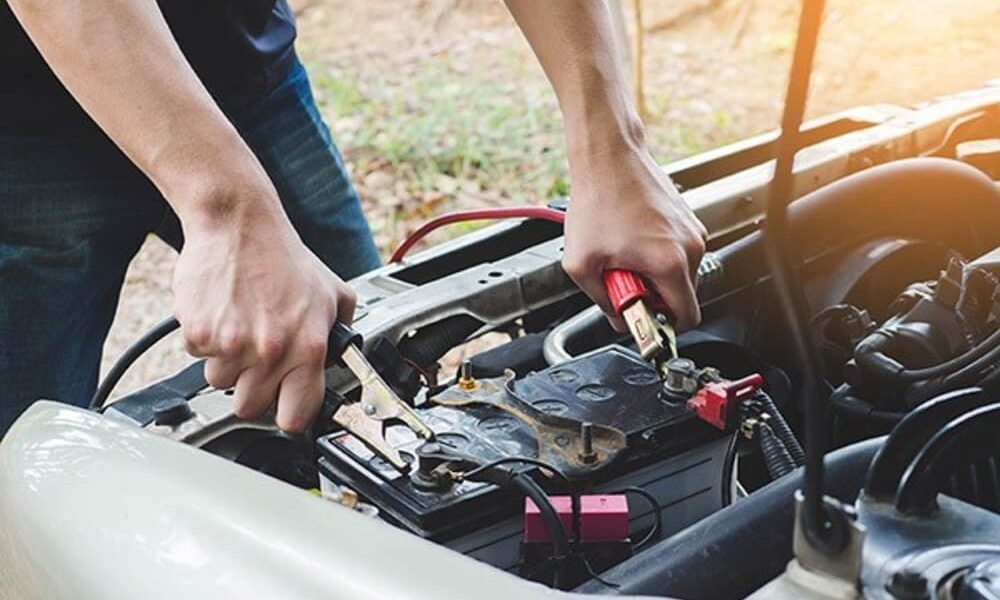
First and foremost, always carry a good set of jumper cables in your car. It is much easier to find someone willing to help if you have all the necessary equipment. Secondly, take a few minutes to read or watch a tutorial on how to safely jump your battery. Our post, Jump-Starting Your Car, is a good place to start. Lastly, go out to your car, open the hood and familiarize yourself with the battery terminals before there is a problem.
Levels are Vital
Many people find out the hard way that it is a bad idea to ignore the fluid levels in their car. This is especially true for older vehicles. However, even brand new automobiles can develop leaks, and even though your vehicle is still under warranty, do you really need the hassle of a breakdown and unexpected tow?
Checking the oil is probably the most important thing to know how to do, and also one of the simplest. If you are unsure of where to begin, consult your manual or go to www.wikihow.com. Driving around low on oil can ruin your engine, and many warranties become void if you are negligent in this area.
Transmission fluid, brake fluid, power steering fluid, and windshield washer fluid, should be monitored regularly. If you do not have a manual for your car, there is plenty of good information available at the links above.
Always make sure to keep dirt out of reservoirs (especially important with brake fluid), use the right fluid for your make and model (again, imperative with brake fluid and also transmission fluid), and test levels according to instructions (transmission fluid must be checked on a warm—not hot—running car).
Tires
Make sure that you know where your tire iron and jack are located, and be certain to always have a fully inflated spare tire (full sized spares are more reliable than donut spares, especially for winter driving). You may not feel comfortable changing your own flat tire, but in case of an emergency, you should know how.
Lastly, always make sure your tires are properly inflated to the recommended pressure (PSI), which you can find printed on the side of your tire. For tips on tire inflation see our post, Have You Checked Your Tire Pressure This Winter.
In Conclusion
Whether you see yourself as a budding mechanic or not, understanding the basics about something you utilize as much as your car is a good idea.
Courtesy of aeroautoparts










